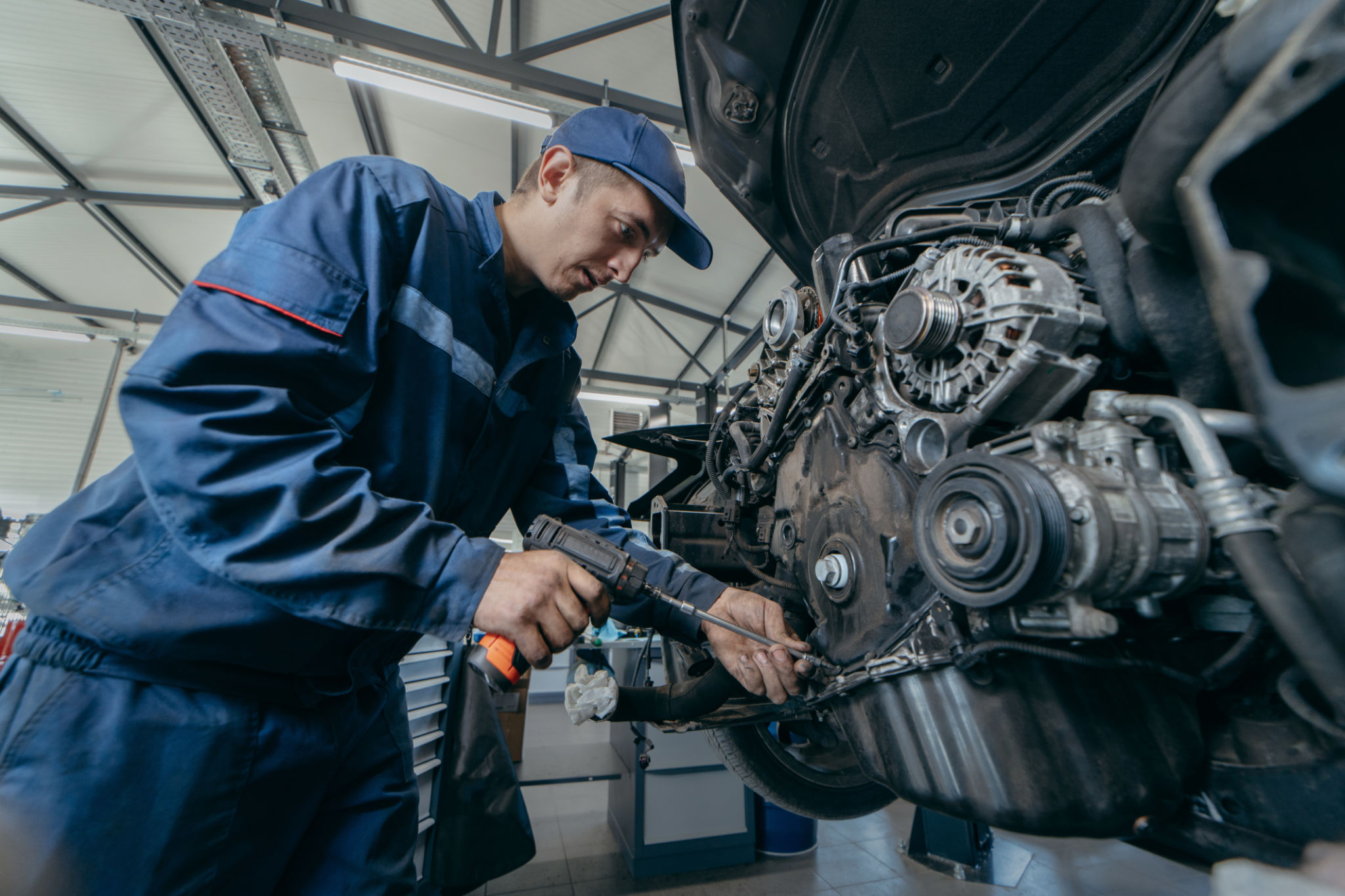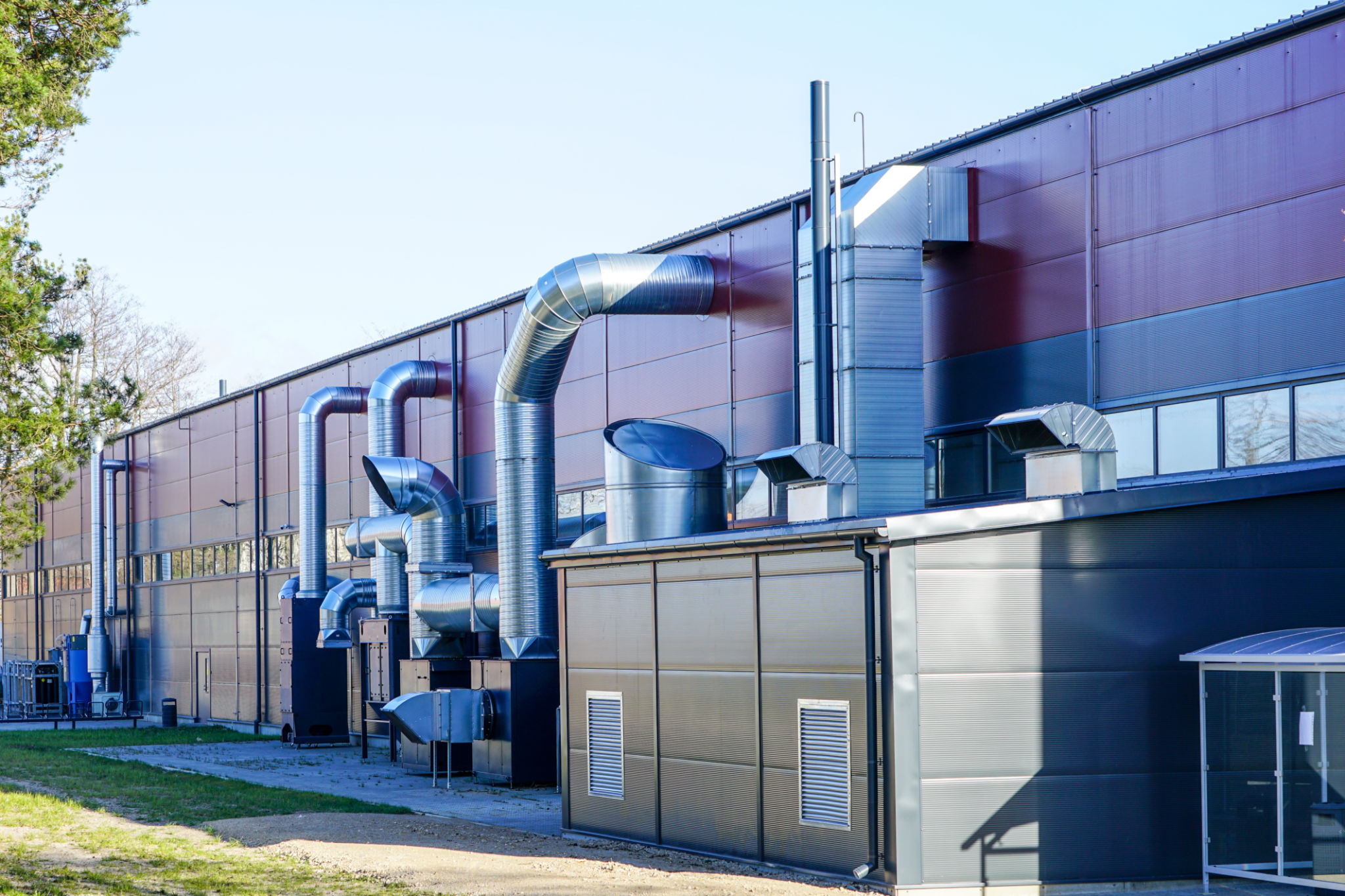The Latest Innovations in Diesel Engine Technology
Introduction to Diesel Engine Innovations
Diesel engines have long been the workhorse of many industries, known for their durability and fuel efficiency. However, as technology advances and environmental regulations become stricter, significant innovations in diesel engine technology are emerging. These advancements aim to improve performance, reduce emissions, and increase overall efficiency.

Enhanced Fuel Injection Systems
One of the most notable innovations in diesel technology is the development of advanced fuel injection systems. Modern diesel engines are now equipped with high-pressure common rail systems, which allow for more precise control of fuel delivery. This leads to better combustion efficiency and reduced emissions, as well as improved power output.
The use of electronic injectors, which can operate at pressures exceeding 30,000 psi, allows for multiple injections per combustion cycle. This technology not only enhances engine performance but also contributes to a smoother and quieter operation.
Turbocharging and Supercharging Enhancements
Turbocharging has been a staple in diesel engines for decades, but recent innovations have led to the development of variable geometry turbochargers (VGTs). VGTs adjust the turbine geometry to optimize airflow and pressure, providing better performance across a range of engine speeds.

Additionally, some manufacturers are combining turbocharging with supercharging in a technique known as "twin charging." This approach maximizes boost across all RPM ranges, resulting in enhanced power and efficiency.
Aftertreatment Systems
To meet stringent emissions standards, modern diesel engines are equipped with advanced aftertreatment systems. These systems include selective catalytic reduction (SCR), diesel particulate filters (DPF), and exhaust gas recirculation (EGR). Together, they significantly reduce harmful emissions such as nitrogen oxides (NOx) and particulate matter.
SCR technology uses a urea-based solution called diesel exhaust fluid (DEF) to convert NOx into harmless nitrogen and water. Meanwhile, DPFs capture soot particles, which are then periodically burned off during regeneration cycles.

Improved Engine Materials and Design
Innovations in materials science have also played a crucial role in advancing diesel engine technology. The use of lightweight materials such as aluminum and advanced composites reduces engine weight while maintaining strength and durability. Additionally, improved engine designs focus on reducing internal friction and enhancing thermal efficiency.
These advancements not only contribute to better fuel economy but also extend the lifespan of the engine components, offering significant cost savings over the engine's operational life.
Future Trends and Considerations
As we look to the future, the integration of hybrid technologies with diesel engines is likely to gain traction. The combination of electric motors with traditional diesel powertrains can offer further improvements in efficiency and emissions reduction.
The continuous evolution of diesel engine technology underscores the industry's commitment to sustainability and efficiency. With ongoing research and development, we can expect even more groundbreaking innovations that will shape the future of diesel engines in various applications.